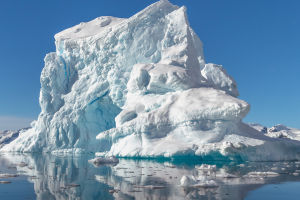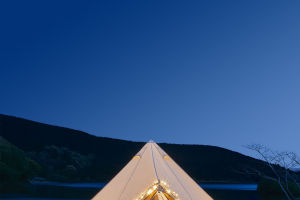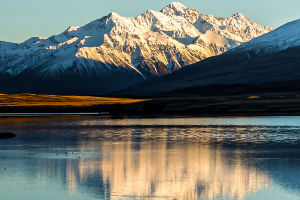Tourism Canada's Travel Outlook report, released Nov. 22, predicts that leisure tourism will return to 2019, pre-COVID-19 pandemic levels, in 2024.
Tourism Canada predicts that tourism spending in Canada will fully recover to pre-epidemic levels in 2024. However, taking into account inflation, actual tourism consumption spending will not fully return to pre-epidemic levels until 2026.
The report believes that domestic tourism in Canada will continue to lead the industry's recovery. The level of consumer spending in the domestic tourism market is expected to reach 92% of 2019 levels by the end of this year, with a full recovery in 2023.
The report predicts that tourist arrivals from the United States will reach 82% of 2019 levels in 2023 and fully recover in 2024. Visitor spending from the United States could reach 91% of 2019 levels in 2023 and 112% of 2019 levels in 2024.
The report believes that tourists from overseas markets other than the United States will recover more slowly. These tourists are expected to recover slightly next year to 64% in 2019 and 95% of pre-epidemic levels in 2025. The report believes that in the long run, Chinese tourists will surpass other international tourists except for the United States, reaching 134% of 2019 levels in 2030.
This summer, Canada's overnight international tourist arrivals reached only 61% of the level for the same period in 2019. The report predicts that international tourist arrivals and consumer spending will return to long-term growth in 2026.
The president and CEO of Tourism Canada said pent-up travel demand around the world remains strong. Canada must ensure it becomes a more competitive destination. At the same time, rethink the way tourism is done to maximize the sociocultural, economic, and environmental benefits that tourism can create.
In 2019, the tourism industry created 696,000 direct jobs in Canada, more than the agriculture, forestry, fishing, mining, quarrying, and oil and gas industries combined. Contributing $45.2 billion to Canada's GDP, it is comparable to the economies of agriculture, forestry, fishing, and hunting combined.
Canada is located in the Western Hemisphere and has many scenic spots.
Yellowknife Town: Located about 400 kilometers south of the Arctic Circle, the magnificent Northern Lights attract many tourists. The city's winter is mostly cloudless and will not cover up the brilliance of the aurora, making it the best city to watch the aurora.
Niagara Falls: Located at the junction of Canada and New York, USA, it is one of the most famous wonders of the American continent and one of the seven wonders of the world.
St. Lawrence River: Located in the Cabot Strait at the eastern tip of Canada leading to the Atlantic Ocean, this is one of the few places in the world where blue, beluga, humpback, and right-fin whales can be seen at the same time.
Stanley Park: Only a 15-minute walk from downtown Vancouver. The pristine forest dominated by coniferous trees such as redwoods is the park's most recognizable beauty.


